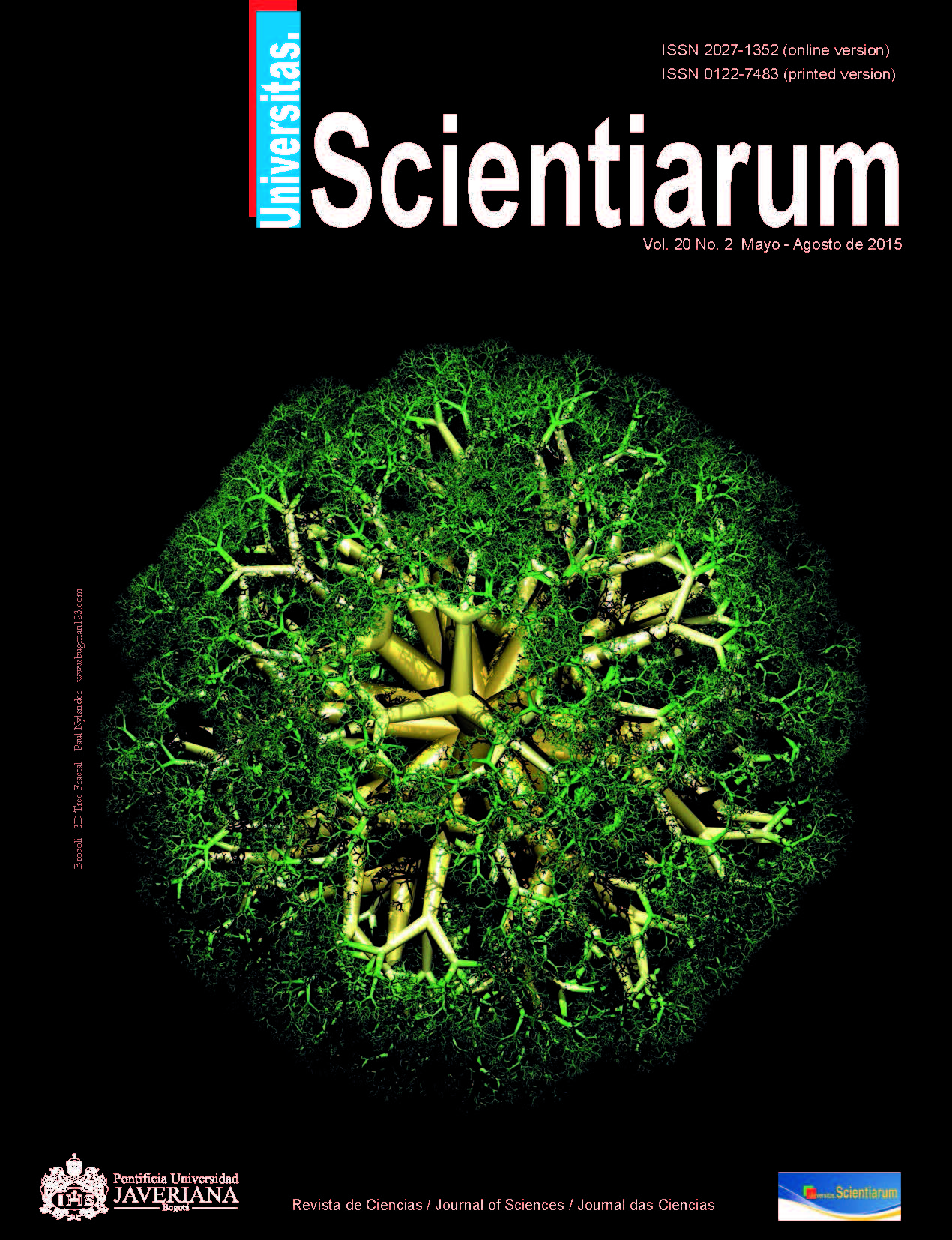Abstract
Two series of 4-aryl-3-methyl-1,2,3,4-tetrahydroquinoline derivatives were efficiently synthesized according to a two-step synthesis and evaluated as potential antifungal agents. The key step was the formation of the corresponding N-benzyltetrahydroquinolines 5 via a three-component cationic imino Diels-Alder cycloaddition. The second step was a catalytic debenzylation to obtain the N-unprotected tetrahydroquinolines 6. The products were isolated and purified by column chromatography. Substances were characterized using nuclear magnetic resonance (NMR) mass spectrometry (MS) and infrared spectroscopy (IR). All compounds were tested in vitro against standardized, clinically important fungi, including yeasts, hialohyphomycetes, and dermatophytes. These studies showed that between the tetrahydroquinoline series tested, compounds 6f and 6g showed antifungal activity, specifically against dermatophytes. The compound 6-methoxy-4-(4-hydroxi-3-methoxyphenyl)-3-methyl-1,2,3,4-tetrahydroquinoline 6g exhibited the best in vitro activity (MIC 32-65 μg/mL). The results indicated that the elimination of benzyl group from the N-benzyltetrahydroquinolines derivatives, as well as the introduction of a hydroxyl group in the 4-aryl substituent caused a significant improvement in the antifungal activity. These results were supplemented by the in silico prediction; most of the tetrahydroquinolines evaluated showed high bioavailability, high drugs score and low potential risk.
Univ. Sci. is registered under a Creative Commons Attribution 4.0 International Public License. Thus, this work may be reproduced, distributed, and publicly shared in digital format, as long as the names of the authors and Pontificia Universidad Javeriana are acknowledged. Others are allowed to quote, adapt, transform, auto-archive, republish, and create based on this material, for any purpose (even commercial ones), provided the authorship is duly acknowledged, a link to the original work is provided, and it is specified if changes have been made. Pontificia Universidad Javeriana does not hold the rights of published works and the authors are solely responsible for the contents of their works; they keep the moral, intellectual, privacy, and publicity rights. Approving the intervention of the work (review, copy-editing, translation, layout) and the following outreach, are granted through an use license and not through an assignment of rights. This means the journal and Pontificia Universidad Javeriana cannot be held responsible for any ethical malpractice by the authors. As a consequence of the protection granted by the use license, the journal is not required to publish recantations or modify information already published, unless the errata stems from the editorial management process. Publishing contents in this journal does not generate royalties for contributors.



